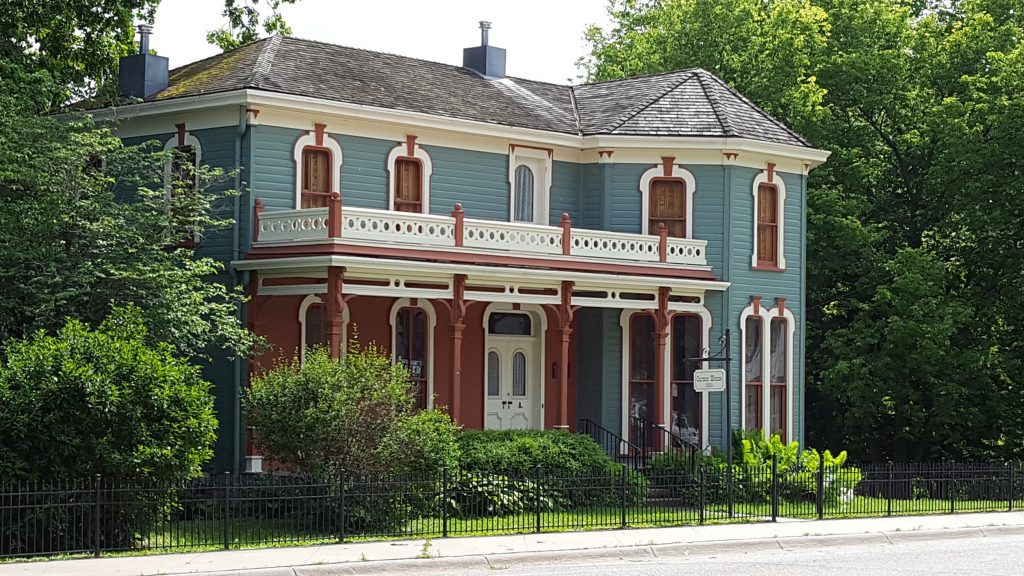Singaporean billionaire Koh Wee Meng’s recent announcement of 2 planned resorts, one a 35-floor glass tower for Tasmania’s capital city includes the guarantee of jobs as well as the glamour of modern resort facilities. However, the grand layouts have caused worries over the effect on Hobart’s picture for a town that showcases its heritage-era design. As is the way of contemporary public discussion, a lot of the conversation happened on social websites together with people for and against carrying to their keyboards.
Plans to construct Hobart’s first skyscraper have begun a social networking conflict involving those welcoming the undertaking and people who say the city’s personality is going to be lost— but it is not the first-time this kind of structures has set tongues wagging.
There is an emphasis on keeping Hobart’s reputation as a town that is deeply tied to its cultural and historical values. Opinions vary as the increasing number of construction plans in Hobart for the next best hotels or residential towers are announced one after another over the past five years. Those who are against the new constructions are afraid that the new modern buildings will steal onlooker’s attention from the charming residential homes. Ultimately, this will change what Hobart is known about. But what exactly makes these historical residential buildings so precious? Let’s first take a look at the three prominent architectural styles of Hobart:
Victorian
Victorian houses were constructed when the Australian market, and construction business, were flourishing. Common cottages of the 1860s are easy brick or left structures with very little decoration indoors and outside. Since the gold rush took hold, designs became fancier, with wrought iron terraces, patterned brickwork and stucco facades outside and molded ceilings, bold colors and stained glass inside.
Federation
A shift of monarch and Federation brought into a brand new era in Australian architecture by about 1895 to 1910. Maintaining lots of the intricate features of this Victorian era, Federation houses became grander in scale and design, making the most of the huge blocks available since the cities started to sprawl. Much like their own Victorian forerunners, Federation homes are most frequently found around the inner world of major towns but there are many available in regional Australia too.
Art Deco

Between the two world wars, Australia embraced Art Deco, a considerably simpler construction style, with more picture and less natural contours. A stronger, practical way of building, together with closed in balconies instead of verandahs, Art Deco buildings nevertheless offer you some magical details in structural timber beams, glass brick walls, ceiling molds and stained glass.
Inner city apartments built near transportation links for employees are a few of the most frequent examples of this Art Deco design.
The dispute that has caused a separation between Hobart residents who favor and who do not, is, incidentally not its first time. Here are other examples of Hobart architectural construction which has shown controversies:
Marine Board Building
Because of the wind turbines perched on its rooftop, the 11-story chocolate brown Marine Board building certainly catches onlooker’s attention. The construction, which houses government agencies along with other renters, has experienced a transformation on the interior, with trendy eateries and pubs. Despite its slightly modern take on architectural elements, people are quite adamant about the Marine Board Building and the surrounding buildings, which are now home to some of the best luxury hotels and modern fine dining establishments in Hobart.
Empress Tower
Constructed in 1967 on the border of this historic Battery Point precinct, the 12-story apartment construction stands one of the sandstone cabin architecture of 1800s white settlement Hobart. At the moment, it had been believed Empress Towers would open the floodgates to a complete improvement of the region with higher density residential developments. Nevertheless, a groundswell of community disquiet against additional high-rise flats led to limitations on what might be constructed.
Vodafone Contact Centre
The large gray call center was started in 2015 by then prime minister Tony Abbott, Tasmanian Premier Will Hodgman and Vodafone manager Inaki Berroeta, together with the firm boasting the center as having best customer care technologies in the world and one of the most energy-efficient in the world.
Grand Chancellor Hotel
The waterfront resort, initially part of the Sheraton series, is just another 12-story structure that caused controversy. Constructed in 1987, the layout was revised following authorities criticism, together with the programmers needing to eliminate tens of thousands of pink bricks that were assumed to be a weathered color so as to mix with the legacy stuff of the surrounding precinct. Panels were peeled wide-open on the concert hall area, exposing insulating material and the timber frames.
10 Murray Street
The controversy came for its 1960s Hobart office block, which gained its grassroots support team when in 2011 it was declared there were plans to demolish it and make sense for the Parliament Square development. The Save 10 Murray supporters explained the construction as culturally and architecturally important, but legal actions to prevent its demolition has been missing. The distance is allowed to be used as part of an arts festival, but its days are numbered.



